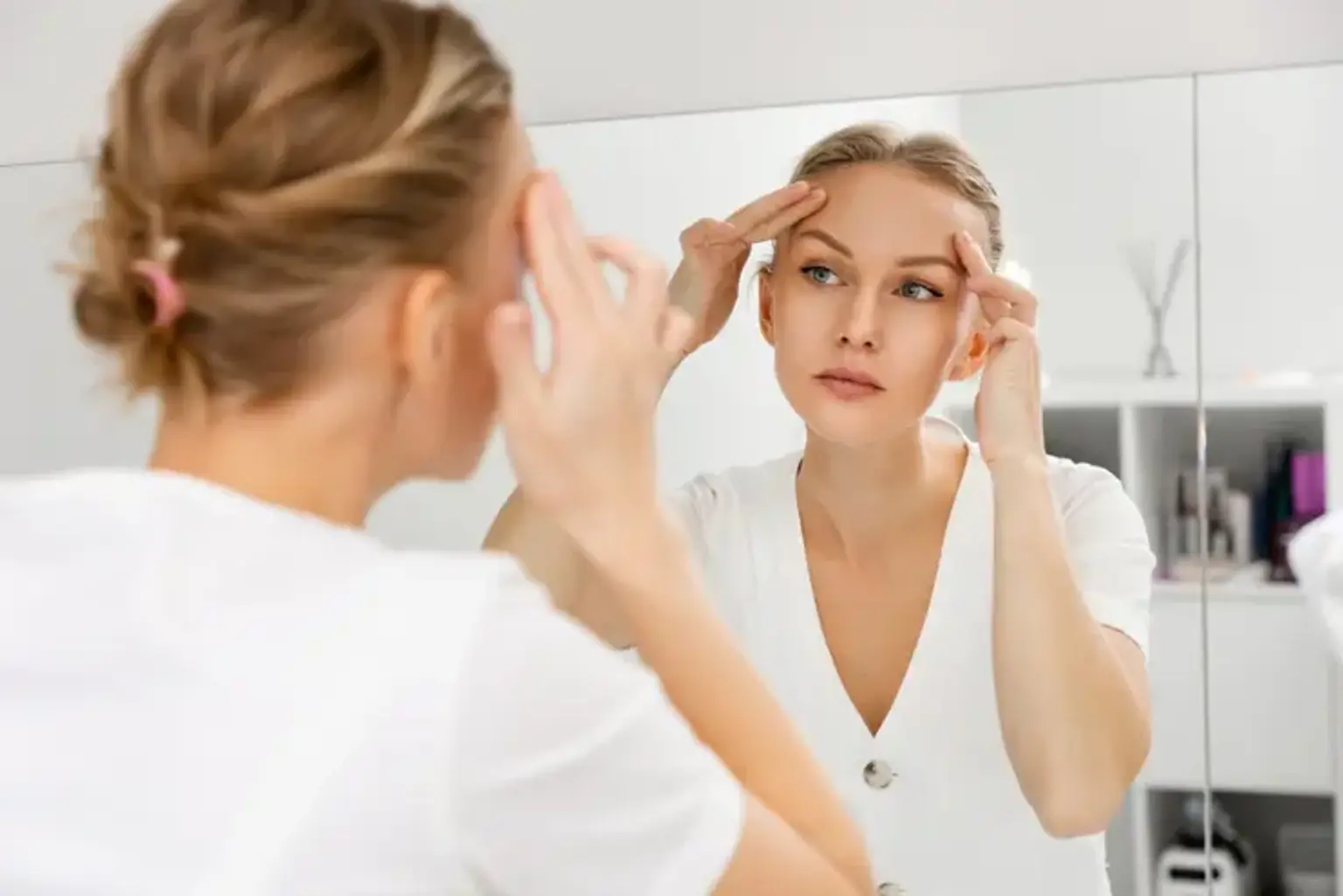Introduction
For many people, the under-eye area can be a source of frustration. Whether it’s due to aging, genetics, or lifestyle factors, puffiness, dark circles, and hollowing under the eyes can make individuals look tired, stressed, or older than they feel. Thankfully, under-eye fat repositioning surgery offers an effective, long-lasting solution to restore a youthful and refreshed appearance.
Under-eye fat repositioning surgery, a form of lower blepharoplasty, is gaining popularity as a surgical procedure designed to combat under-eye bags and other common aesthetic concerns. This procedure involves the repositioning of fat from the lower eyelids to restore volume, improve the contours of the eyes, and enhance facial harmony. Its ability to create a more youthful look has made it one of the most sought-after cosmetic surgeries in recent years.
In this article, we'll take a deep dive into under-eye fat repositioning surgery, explaining how it works, its benefits, potential risks, and what patients can expect before, during, and after the procedure. Whether you’re considering this surgery for cosmetic reasons or seeking a solution to persistent under-eye concerns, this guide will provide you with all the information you need.
Understanding Under-Eye Fat Repositioning Surgery
What is Under-Eye Fat Repositioning Surgery?
Under-eye fat repositioning surgery is a cosmetic procedure aimed at reducing the appearance of under-eye bags, puffiness, and dark circles. Unlike traditional lower eyelid surgery, which focuses on removing excess fat, this procedure involves repositioning the fat that has accumulated under the eyes. The fat is relocated from the lower eyelid to more youthful positions, helping to restore volume, smooth out hollows, and create a refreshed appearance.
This surgery is typically performed on individuals who are dealing with eye bags caused by genetic factors or the natural aging process, where the fat pads under the eyes shift or protrude. It’s also effective for patients who experience hollow or sunken under-eye areas due to the loss of volume.
